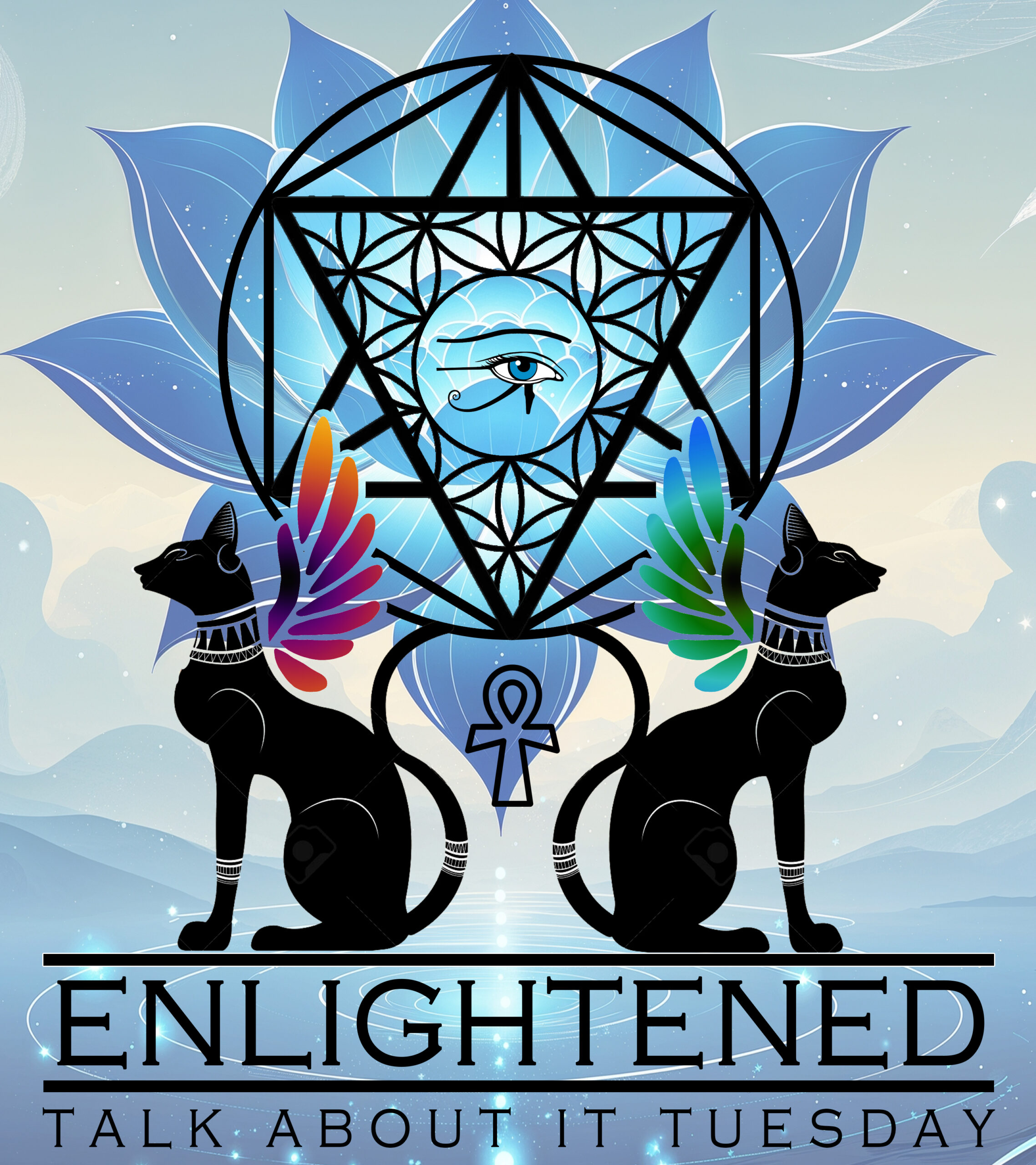In our increasingly busy lives, the concept of mindfulness has gained significant traction as a powerful tool for reducing stress, enhancing focus, and cultivating inner peace. Often, when we envision mindfulness practices, we might picture serene meditation retreats, tranquil gardens, or perfectly curated spaces designed for quiet contemplation. This can lead to a common question: Do I need a special space at home to practice mindfulness? The simple and encouraging answer is no, not necessarily. While a dedicated space can certainly be beneficial, the essence of mindfulness lies not in the external environment, but in our internal state and our willingness to engage with the present moment, wherever we are.
Mindfulness is about bringing intentional, non-judgmental awareness to the present experience. It’s about noticing your breath, the sensations in your body, the sounds around you, and the thoughts and emotions that arise, without getting carried away by them. This practice can happen anywhere—while washing dishes, walking in nature, waiting in line, or even during a busy workday. The idea that we need a perfect, pristine environment can sometimes become a barrier, preventing us from starting or maintaining a mindfulness practice. It can create an unnecessary hurdle, making mindfulness seem inaccessible or overly complicated. The truth is, your mindfulness practice is portable; it resides within you.
However, while a special space isn’t a prerequisite, creating a designated area, even a small one, can offer significant advantages, especially when you are beginning your mindfulness journey or seeking to deepen your practice.
Here’s how to approach it:
- The Power of Intention: The most important aspect of any mindfulness space is the intention behind it. By designating an area, you are signaling to yourself that this is a place for calm, reflection, and self-care. This intention alone can help shift your mindset as you enter the space.
- Start Small and Simple: You don’t need an entire room. A corner of your bedroom, a quiet spot in your living room, or even just a cushion placed on the floor can serve as your mindfulness corner. The key is consistency and making it your own.
- Minimize Distractions: While complete silence might be impossible, try to choose an area that is relatively free from common distractions like television, work materials, or heavy foot traffic. If noise is an issue, consider using noise-canceling headphones or playing soft, calming music.
- Engage Your Senses (Gently): Incorporate elements that invite peace and focus. This could be a comfortable cushion, a soft blanket, a plant, a calming scent from an essential oil diffuser, or a gentle light source. The goal is to create an atmosphere that supports your practice, not to overwhelm it.
- Keep it Clutter-Free: A tidy space often leads to a tidy mind. Keep your mindfulness area free from clutter and items unrelated to your practice. This helps to reduce visual noise and allows your mind to settle more easily.
- Consistency Over Perfection: The most impactful aspect of a mindfulness practice is its regularity. Whether you practice for five minutes in a quiet corner or while commuting, the act of showing up consistently is what builds the habit and deepens your awareness. Don’t let the absence of a ‘perfect’ space deter you.
Ultimately, mindfulness is a practice of the heart and mind, not a place. While a dedicated space can be a wonderful aid, remember that your ability to be present and aware is always with you.
What small step can you take today to cultivate mindfulness, regardless of your physical surroundings?



















